Natural Vegetation in India
Natural Vegetation in India not only adds to its scenic beauty but also plays a vital role in maintaining ecological balance and supporting diverse wildlife. Conservation efforts are crucial to preserving these ecosystems and ensuring sustainable coexistence between nature and human activities.
- Natural vegetation in India refers to a plant community unaffected by man either directly or indirectly. It has its existence in certain natural environment.
- Natural vegetation includes all plant life forms such as trees, bushes, herbs and forbs etc, that grow naturally in an area and have been left undisturbed by humans for a long time.
- Climate, soil and landform characteristics are the important environmental controls of natural vegetation.
- On the basis of the above factors the natural vegetation in India can be divided into the following types.

Table of Content
I.Tropical Evergreen Forest
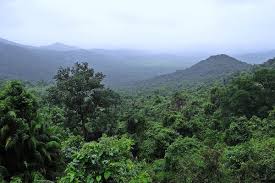
- These forests are found in areas with 200 cm or more annual rainfall.
- The annual temperature is about more than 22°C and the average annual humidity exceeds 70 percent in this region.
- Western Ghats in Maharashtra, Karnataka, Kerala, Andaman-Nicobar Islands, Assam, West Bengal, Nagaland, Tripura, Mizoram, Manipur and Meghalaya states have this type of forests.
- The most important trees are rubber, mahogany, ebony, rosewood, coconut, bamboo, cinchona, candes, palm, iron wood and cedar. These have not been fully exploited due to lack of transport facilities.
II.Tropical Deciduous Forest

- These are found in the areas with 100 to 200cm. annual rainfall. These are called ‘Monsoon Forests’.
- The mean annual temperature of this region is about 27oC and the average annual relative humidity is 60 to 70 percent.
- The trees of these forests drop their leaves during the spring and early summer. (Sub Himalayan – Region from Punjab to Assam, Great Plains- Punjab, Haryana, Uttar Pradesh, Bihar, West Bengal, Central India – Jharkhand, Madhya Pradesh, Chattisgarh, South India – Maharashtra, Karnataka, Telangana, Andhra Pradesh, Tamilnadu and Kerala states are notable for this type of natural vegetation.)
- Teak and sal are the most important trees. Sandalwood, rosewood, kusum, mahua, palas, haldu, amla, padauk, bamboo and tendu are the other trees of economic importance. These forests also provide fragrant oil, varnish, sandal oil and perfumes.
III.Tropical Dry Forest
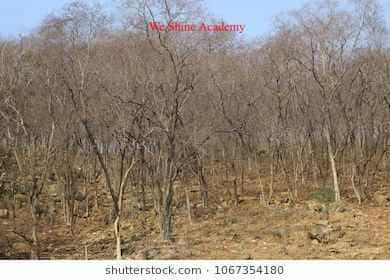
- These are found in the areas with 50 to 100 cm. annual rainfall.
- They represent a transitional type of forests. These are found in east Rajasthan, Haryana, Punjab, Western Uttar Pradesh, Madhya Pradesh, Eastern Maharashtra, Telangana, West Karnataka and East Tamilnadu.
- The important species are mahua, banyan, amaltas, palas, haldu, kikar, bamboo, babool, khair etc., Desert and Semi-desert Vegetation: These are also called as ‘Tropical thorn forests’.
- These are found in the areas having annual rainfall of less than 50 cm. They have low humidity and high temperature.
- These forests are found in north-west India which includes west Rajasthan, south-west Haryana, north Gujarat and south-west Punjab.
- They are also found in the very dry parts of the Deccan plateau in Karnataka, Maharashtra and Andhra Pradesh. Babul, kikar and wild palms are common trees found here.
IV.Mountain or Montane Forest
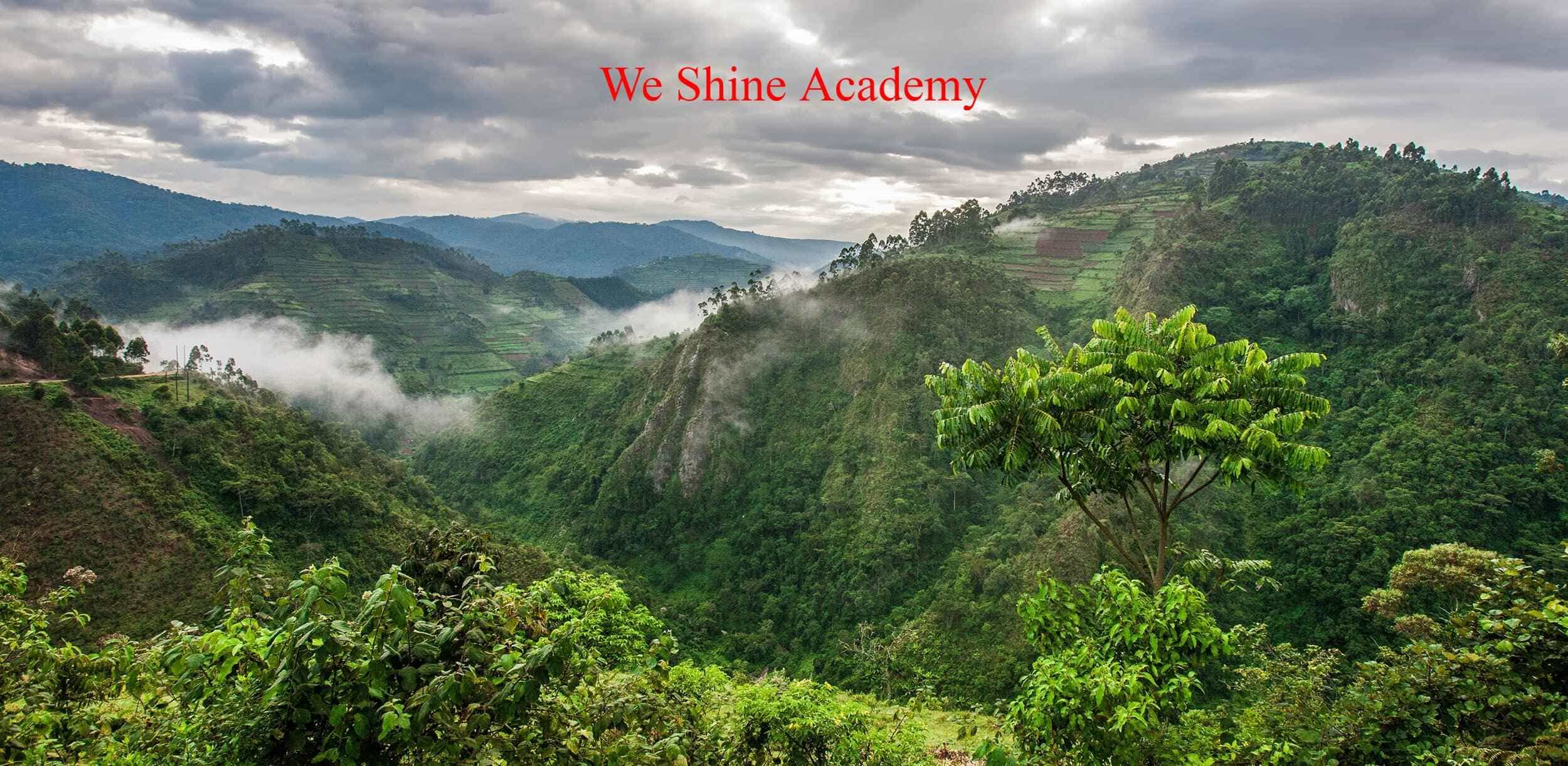
- These forests are classified on the basis of altitude and amount of rainfall.
- Accordingly two different types of forests namely Eastern Himalayas Forests and Western Himalayas Forests.
A. Eastern Himalayan Forest

- These are found on the slopes of the mountains in north-east states. These forests receive rainfall of more than 200 cm.
- The vegetation is of evergreen
- The Altitude between 1200-2400 m found in this type of forest sal, oak, laurel, amura, chestnut, cinnamon are the main trees from 1200 to 2400 m altitude oak, birch, silver, fir, fine, spruce and juniper are the major trees from 2400 to 3600 m height.
B. Western Himalayan Forest
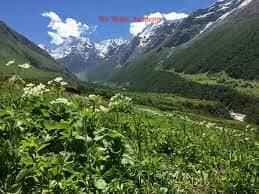
- The rainfall of this region is moderate. These forests are found in the states of Jammu and Kashmir, Himachal Pradesh and Uttarakhand.
- Upto 900 maltitude semi desert vegetation is found and it is known for bushes and small trees.
- In altitude from 900 to 1800 m,chir tree is the most common tree. The other important trees of this region are sal, semal, dhak, jamun and jujube. (height from 1800 to 3000 m is covered with semi temperate coniferous forests.)
- Chir, deodar, blue pine, poplar, birch and elder are the main trees of this region.
C. Alpine Forest
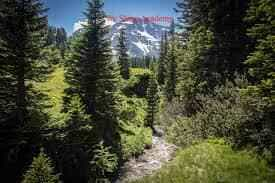
- It occurs all along the Himalayas with above 2400 m altitude.These are purely having coniferous trees.
- Oak, silver fir, pine and juniper are the main trees of these forests. The eastern parts of Himalayas has large extent of these forests.
V. Tidal Forest
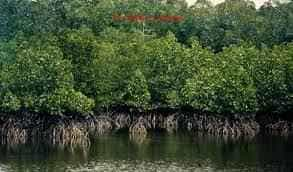
- These forests occur in and around the deltas, estuaries and creeks prone to tidal influences and as such are also known as delta or swamp forests. The delta of the Ganga- Brahmaputra has the largest tidal forest.
- The deltas of Mahanadi, Godavari and Krishna rivers are also known for tidal forests. These are also known as mangrove forest.
A. Coastal Forest

- These are littoral forests. Generally, coastal areas have these types of forests. Casurina, palm and coconut are the dominant trees.
- Both the eastern and western coasts have this type of forests. The coasts of Kerala and Goa are known for this type.
B. Riverine Forest
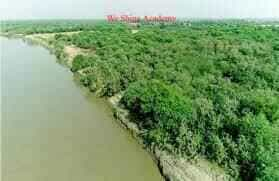
- These forests are found along the rivers on Khadar areas. These are known for tamarisk and tamarind trees.
- The rivers of Great Plains are more prominent for this type of natural vegetation.
VI. Importance of Forest
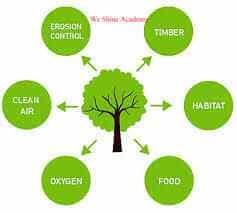
- There is numerous importance of the forest as it helps us by providing all the useful products which are required for our lives. Some of them are listed here.
- Forests provide us with – Firewood, Timber, Wood pulp, Honey, lac, medicinal plants and herbs, raisin, biofertilizers, etc. Forests also supply us with the different types of raw materials for industrial uses, fodder for the animal’s feed, fuel, and fibres.
- Along with these essential products, forests also play an important role in protecting our environment by:
- Promoting rainfall.
- Reduces noise pollution.
- Maintains the ecological balance.
- Acts as a wind barrier from heavy winds.
- Provide moisture and lower the temperature.
- Prevents flash floods by slowing down the movement of water.
- Preventing soil erosion and preserve the fertility of the soil.
- Maintains the balance of carbon dioxide and oxygen in the environment.
- Preserves the biodiversity by providing shelter for many creatures that depend on the forest for their survival.
Natural Vegetation in Tamil Nadu
- Natural vegetation refers to the forest cover.
- Landforms, nature of soil, temperature and rainfall are the major factors that control the distribution of natural vegetation.
- As per National Forest Policy, 1988, a minimum of one-third of the total geographical area must be under forest cover.
- The total forest cover of Tamil Nadu is far lower than this.
- According to the Tamil Nadu State of Forest Report – 2017 assessment, the area under forest in the state is 26,281 sq.km, which constitutes 20.21% of the total area.
- Tamil Nadu constitutes 2.99% of India’s forest cover. The forest types in the state varies from wet evergreen to scrub forests.
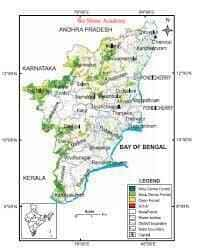
Forest Types
The forest in the state is broadly divided into five types as follow
1.Tropical Evergreen Forest
- This forest type is found in the regions that receive heavy rainfall.
- It is a dense, multi-layered forest.
- It is found in the upper slopes of Western Ghats of Tirunelveli, Kanyakumari, the Nilgiris and Coimbatore districts.
- The major tree species of this forest are cinnamon, Malabar ironwood, panasa, java plum/jamun, jack, kindal, ayani and crape myrtle.
- The semi-evergreen type of forest in the state is found over the regions of sub-tropical climate over the Eastern Ghats.
- The prominent regions are Servarayan, Kollimalai and Pachaimalai.
- Species of Indian mahogany, monkey teak, woolly cassia, jack and mango trees are common in this region.
2. Montane Temperate Forest
- It is found in sheltered valleys of Anaimalai, Nilgiris and Palani hills over a 1000 metres altitude.
- They are known as ‘Sholas’. The trees in this forest are evergreen and usually short.
- Nilgirichampa, wightslitsea and rose apple are the common trees found in this forest.
3. Tropical Deciduous Forest
- This type of forest lies in the margin of semi -evergreen and evergreen forests. The trees in this forest shed their leaves during the dry season.
- The trees reach up to a height of 30 metres. Some trees of this forest are silk cotton, kapok, kadamba, dog teak, woman’s tounge, axlewood and siris.
- Bamboos are also common in this type of forests. Some trees of this forest are economically important.
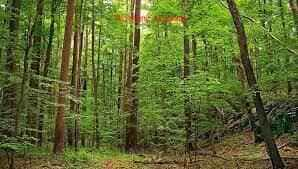
4. Mangroves Forest
- This type of forest is found in the coastal areas, river deltas, tails of islands and over sea faces where accretion is in progress.
- The vegetation is typically evergreen, moderate in height and has leathery leaves.
- The vegetation of this forest is adapted to survive in tidal mud and salt water.
- Asiatic mangrove, white mangrove, wild jasmine/Indian pivot etc. are some of the notable trees of this forest.
- Pichavaram, Vedaranyam, Muthupet, Chatram and Thoothukudi are the places in Tamil Nadu where the mangrove forest is found to a considerable extent.

5. Tropical Thorn Forest
- Thorn forest in Tamil Nadu is found where there is a little rainfall. These forests are found from plains up to 400 meters altitude.
- The common trees of this forest are rusty acacia, wheel, neem and palm.
- Shrubs are common vegetation in this type of forest.
- This type of forest is found in the districts of Dharmapuri, Ramanathapuram, Virudhunagar and some parts of interior districts.
- Natural Vegetation Pichavaram mangrove forest is located near Chidambaram, Cuddalore district.
- This is the second largest mangrove forest in the world covering about 1,100 hectares (11 sq.km) of area.
- It is separated from the Bay of Bengal by a sandbar.
- It consists of species like Avicennia and Rhizophora.
Role of Mangroves in Coastal Zone Management
- Mangroves helps in the prevention of coastal erosion from waves and storms.
- It also protects coral reefs and sea grass meadows from being smothered in sediments.
Natural Vegetation in India : PDF Free Download

We Provide Students for Unique App Features for Self Evaluation and Self Analysis.
Download
Android App & IOS App


Code – eiubi



















